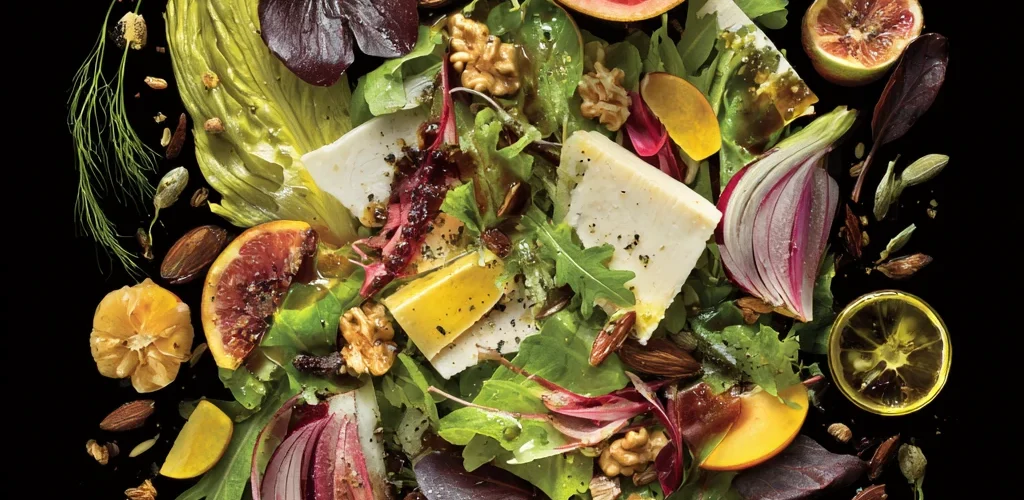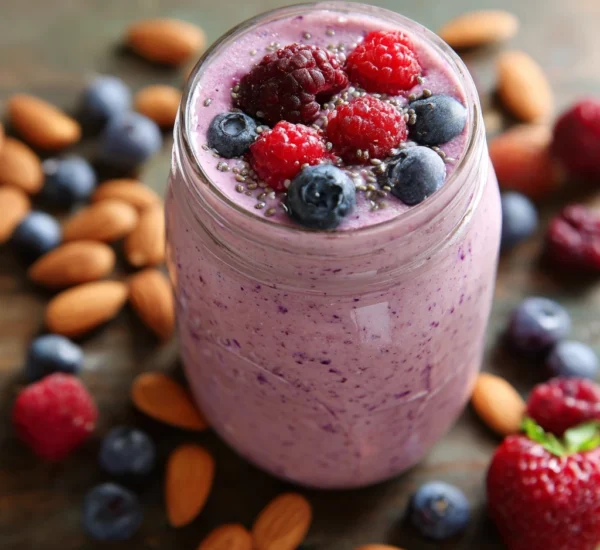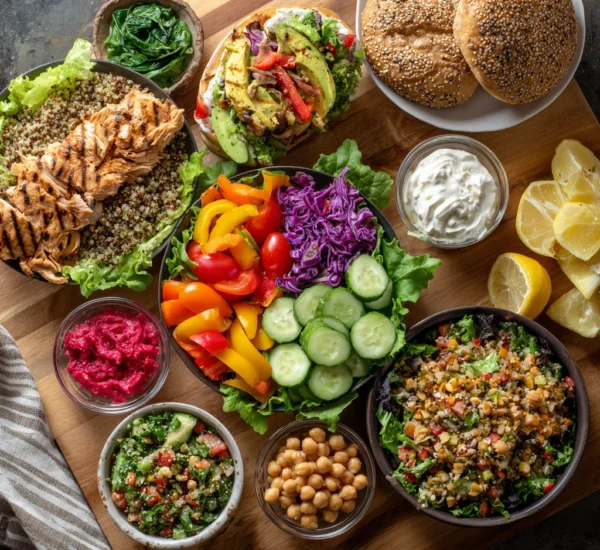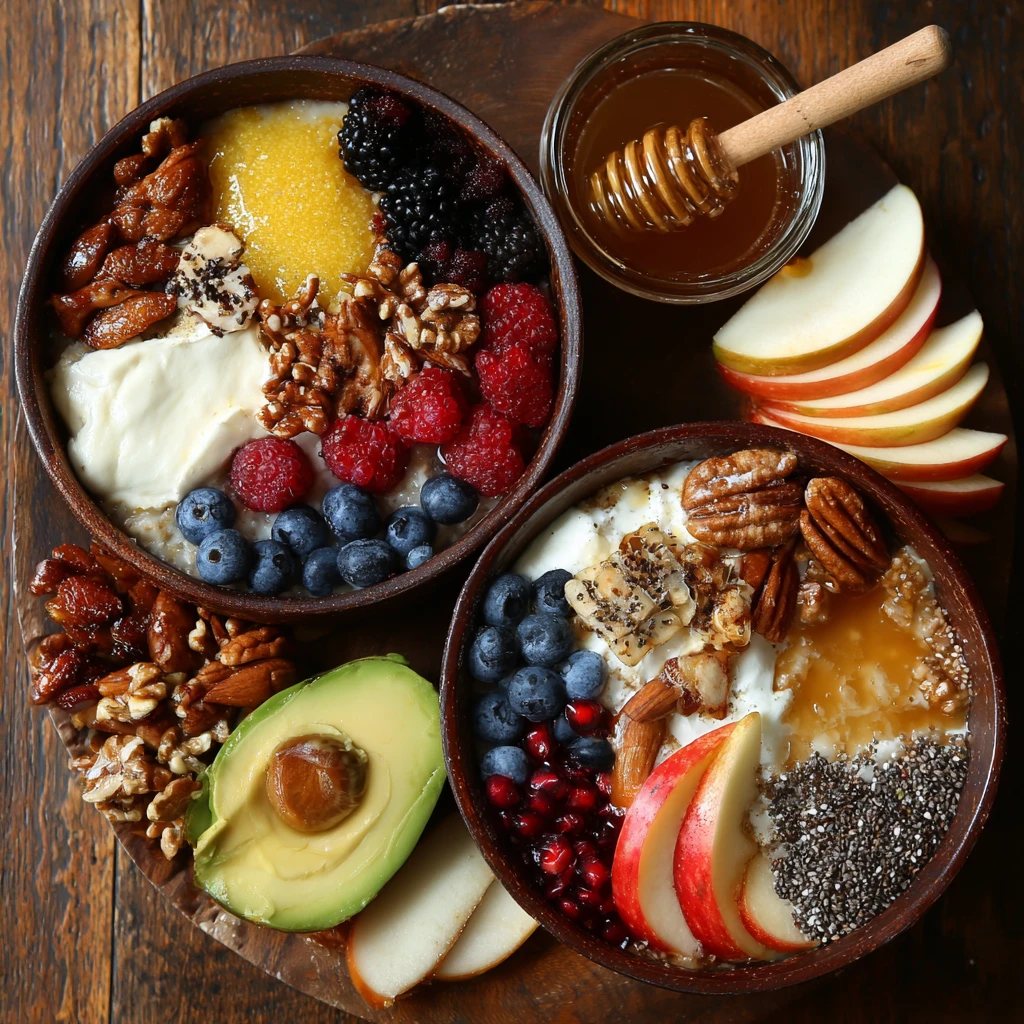Fresh Salad Ideas with Seasonal Ingredients: A Guide to Vibrant Eating
Salads often get relegated to the side dish category, but they can be so much more – vibrant, satisfying meals that showcase the best flavors of the season. By focusing on fresh, seasonal ingredients, you can create salads that are not only delicious and healthy but also incredibly diverse. This guide will explore how to build exciting salads using the freshest produce available throughout the year.
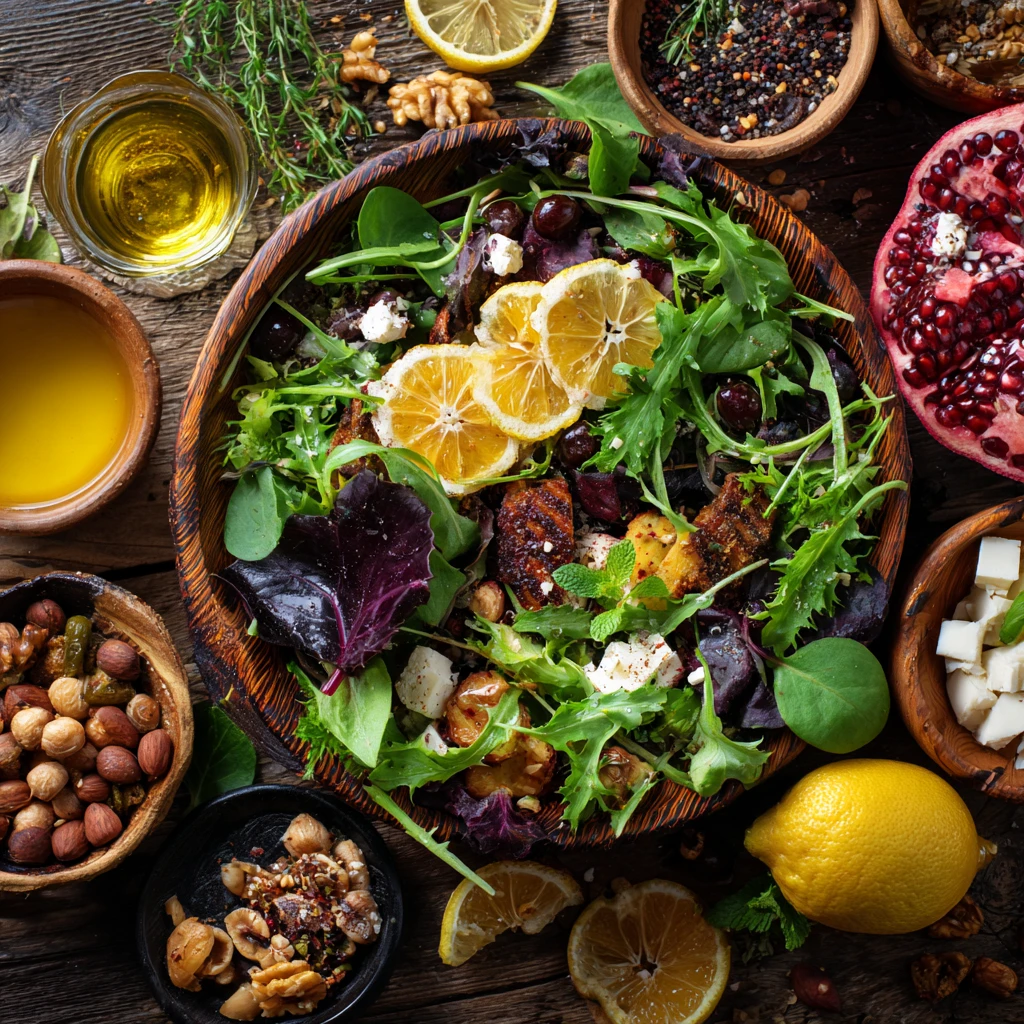
Spring into Flavor: Fresh and Light Salad Combinations
Spring marks the return of fresh greens and bright, crisp vegetables. After a long winter, these ingredients offer a welcome burst of flavor and color.
Leafy Greens and Early Veggies
Embrace the abundance of spring greens like spinach, arugula, and baby kale. Combine them with early vegetables such as radishes, asparagus, and snap peas. A simple vinaigrette made with lemon juice, olive oil, and a touch of Dijon mustard will complement the fresh flavors.
Example Salad: Arugula with shaved asparagus, thinly sliced radishes, toasted almonds, and a lemon-Dijon vinaigrette. Consider adding some crumbled goat cheese for extra creaminess.
Fruity Spring Salads
Spring also brings the first fruits of the year. Strawberries, blueberries, and rhubarb can add a touch of sweetness and acidity to your salads. Pair these with greens, nuts, and a light balsamic vinaigrette.
Example Salad: Spinach salad with sliced strawberries, blueberries, toasted pecans, crumbled feta cheese, and a balsamic vinaigrette. The sweetness of the berries balances the tanginess of the feta and balsamic.
Protein Boosts for Spring Salads
Add protein to your spring salads to make them a complete meal. Grilled chicken, shrimp, or hard-boiled eggs are excellent choices. Tofu or chickpeas are great vegetarian options.
Example Salad: Mixed greens with grilled chicken, snap peas, chopped radishes, sunflower seeds, and a honey-mustard vinaigrette.
Summer Bounty: Salads Bursting with Sunshine
Summer is the peak season for fresh produce. From juicy tomatoes to sweet corn, the possibilities for creating vibrant and flavorful salads are endless.
Tomato-Based Summer Salads
Tomatoes are a summer staple. Use them in salads like Caprese (tomatoes, mozzarella, and basil) or combine them with other summer vegetables like cucumbers, bell peppers, and onions.
Example Salad: Caprese salad with heirloom tomatoes, fresh mozzarella, basil leaves, and a drizzle of balsamic glaze.
Watermelon and Feta Salad: A refreshing blend of sweet and salty flavors. Combine cubed watermelon, feta cheese, red onion, mint leaves, and a lime vinaigrette.
Grilled Vegetable Salads
Grilling vegetables enhances their natural sweetness and adds a smoky flavor to your salads. Grill zucchini, eggplant, bell peppers, and corn to create a hearty and satisfying salad.
Example Salad: Grilled zucchini, eggplant, and bell pepper salad with crumbled goat cheese, toasted pine nuts, and a balsamic vinaigrette.
Corn and Bean Salads
Sweet corn and beans are abundant in the summer. Combine them with other vegetables, herbs, and a light vinaigrette for a refreshing and flavorful salad.
Example Salad: Corn and black bean salad with chopped red onion, bell pepper, cilantro, lime juice, and a touch of chili powder.
Autumn Harvest: Warm and Cozy Salad Creations
As the weather cools down, transition to salads that feature heartier ingredients and warm, comforting flavors.
Root Vegetable Salads
Root vegetables like beets, carrots, and sweet potatoes are at their peak in the fall. Roast them to bring out their sweetness and combine them with greens, nuts, and a tangy dressing.
Example Salad: Roasted beet and carrot salad with baby spinach, walnuts, crumbled goat cheese, and a balsamic vinaigrette.
Apple and Cranberry Salads
Apples and cranberries are classic fall flavors. Add them to your salads for a touch of sweetness and tartness.
Example Salad: Kale salad with chopped apples, dried cranberries, toasted pecans, crumbled blue cheese, and a maple-Dijon vinaigrette.
Grain-Based Autumn Salads
Grains like quinoa, farro, and barley add substance and texture to your autumn salads. Combine them with roasted vegetables, nuts, and a flavorful dressing.
Example Salad: Quinoa salad with roasted butternut squash, Brussels sprouts, pecans, dried cranberries, and a maple-balsamic vinaigrette.
Winter Warmth: Hearty and Satisfying Salad Bowls
Winter salads should be hearty and satisfying, featuring robust flavors and textures to combat the cold weather.
Citrus and Winter Greens Salads
Citrus fruits like oranges, grapefruits, and mandarins are in season during the winter. Pair them with winter greens like kale, radicchio, and endive for a bright and refreshing salad.
Example Salad: Kale salad with orange segments, pomegranate seeds, toasted almonds, shaved fennel, and a citrus vinaigrette.
Cruciferous Vegetable Salads
Cruciferous vegetables like Brussels sprouts, broccoli, and cauliflower are hearty and nutritious additions to winter salads. Roast them or shred them raw for a different texture.
Example Salad: Shaved Brussels sprouts salad with toasted pecans, dried cranberries, Parmesan cheese, and a lemon-tahini dressing.
Legume-Based Winter Salads
Legumes like lentils, chickpeas, and beans are excellent sources of protein and fiber, making them perfect for hearty winter salads.
Example Salad: Lentil salad with roasted sweet potatoes, kale, toasted walnuts, crumbled goat cheese, and a balsamic vinaigrette.
Dressing It Up: The Perfect Vinaigrette for Every Season
The right dressing can elevate any salad. Here are some ideas for creating delicious vinaigrettes that complement seasonal ingredients.
Basic Vinaigrette Recipe
A basic vinaigrette consists of oil, acid, and seasonings. The classic ratio is 3 parts oil to 1 part acid.
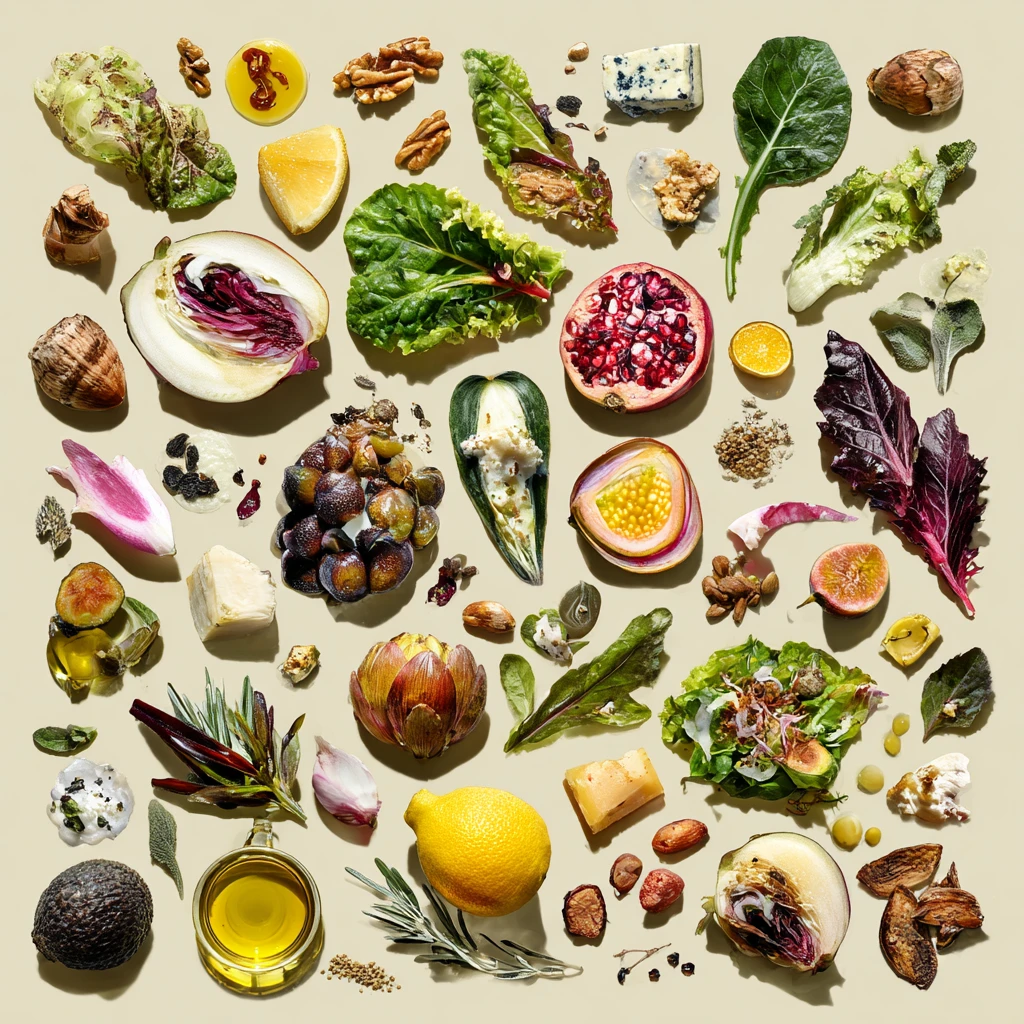
- Oil: Olive oil, avocado oil, or walnut oil
- Acid: Vinegar (balsamic, red wine, white wine), lemon juice, or lime juice
- Seasonings: Salt, pepper, Dijon mustard, herbs, or spices
Spring Vinaigrette Ideas
- Lemon-Dijon Vinaigrette: Lemon juice, olive oil, Dijon mustard, salt, and pepper.
- Strawberry Vinaigrette: Pureed strawberries, balsamic vinegar, olive oil, honey, salt, and pepper.
Summer Vinaigrette Ideas
- Lime Vinaigrette: Lime juice, olive oil, honey, cilantro, salt, and pepper.
- Basil Vinaigrette: Fresh basil, olive oil, red wine vinegar, garlic, salt, and pepper.
Autumn Vinaigrette Ideas
- Maple-Dijon Vinaigrette: Maple syrup, Dijon mustard, apple cider vinegar, olive oil, salt, and pepper.
- Balsamic Vinaigrette: Balsamic vinegar, olive oil, Dijon mustard, garlic, salt, and pepper.
Winter Vinaigrette Ideas
- Citrus Vinaigrette: Orange juice, lemon juice, olive oil, honey, ginger, salt, and pepper.
- Tahini Vinaigrette: Tahini, lemon juice, water, garlic, salt, and pepper.
Frequently Asked Questions (FAQ)
Q: How can I make my salad more filling?
A: Add protein! Grilled chicken, fish, tofu, beans, or hard-boiled eggs are all great options. You can also add grains like quinoa or farro, or healthy fats like avocado or nuts.
Q: How do I keep my salad from getting soggy?
A: Wash and thoroughly dry your greens before assembling the salad. Store the dressing separately and add it just before serving. For salads with delicate greens, consider layering the heavier ingredients at the bottom of the bowl.
Q: What are some good alternatives to lettuce?
A: Try using spinach, kale, arugula, radicchio, endive, or even shaved Brussels sprouts as a base for your salad.
Q: How do I store leftover salad?
A: Store undressed salad in an airtight container in the refrigerator. Keep the dressing separate and add it just before serving. Leftover salad is best consumed within 1-2 days.
Q: What are some common salad allergens I should be aware of?
A: Common salad allergens include nuts (especially tree nuts), seeds, dairy (cheese), and gluten (in some dressings or croutons). Always check ingredient labels carefully and ask about ingredients if you are dining out.
Q: How can I make a salad ahead of time for a party?
A: Choose sturdy greens like kale or romaine lettuce, which won’t wilt as easily. Prepare all the ingredients separately and store them in airtight containers in the refrigerator. Assemble the salad just before serving. You can dress the salad shortly before serving, but avoid adding the dressing too far in advance.
